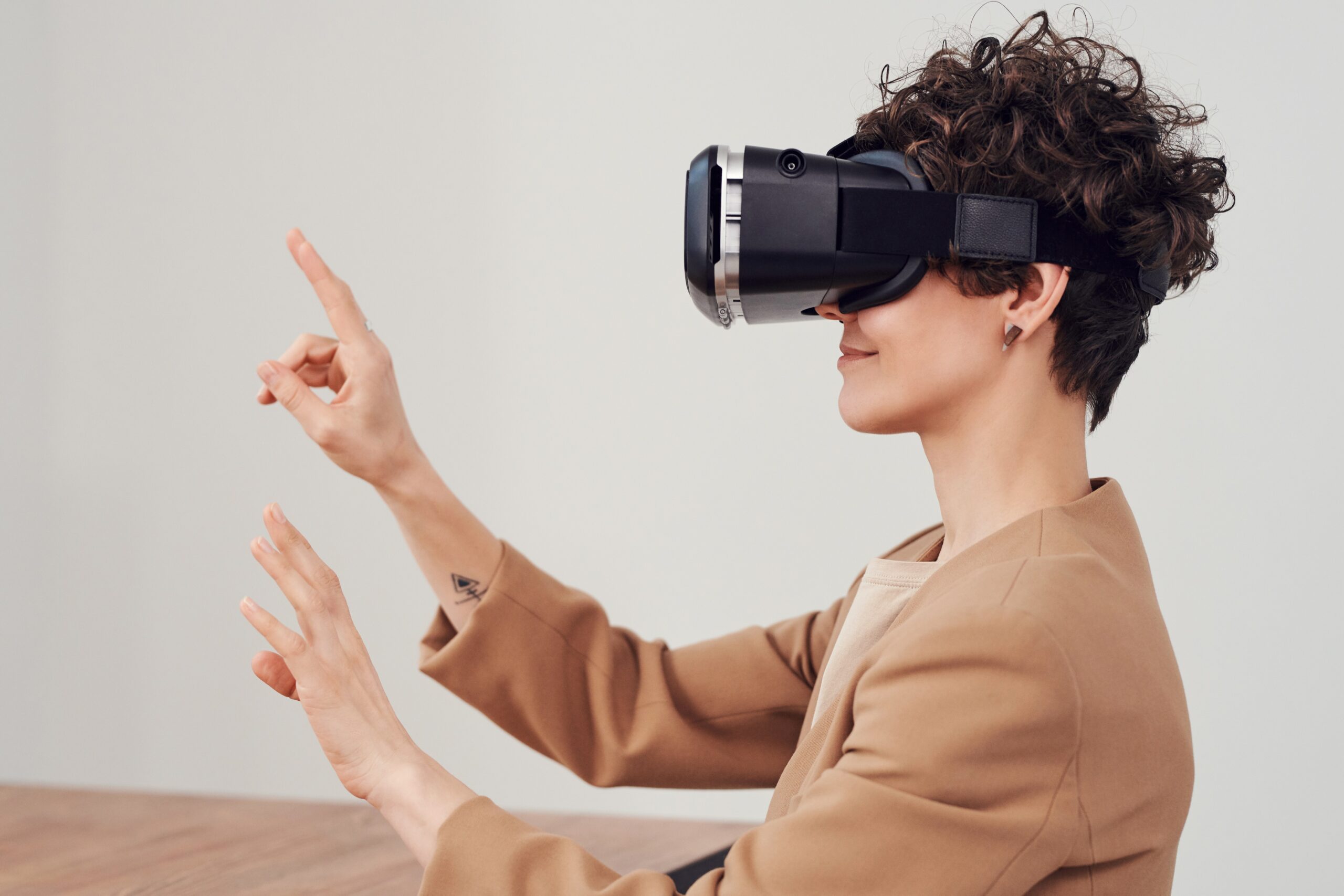10.18.22
5G: A Deeper Dive
Tammy Allen, SR. Director | Marketing & Communications, The NIIC

Part 2 of 2-Blog Series
5G: What Is IT, and Why Does It Matter? provided the basics of 5G and introduced some new terms and potential uses for the 5G rollout. Let’s dive deeper into all things 5G with Sanjay Udani, Ph.D., Technologist and Vice President for Public Policy at Verizon.
Here are four ways 5G can impact users.
1. Home Broadband Service
“With the 5G Gateway,” said Udani, “we can offer home broadband services.” A small, cube-shaped 5G receiver could deliver speeds comparable to cable “or even faster, with no setup.” Simply plug the device into a power source, and it would connect with the network, creating WiFi inside the house.
This home broadband service will address the broadband challenges in terms of access in some areas,” said Udani.
2. Localized Computing and Storing
Another opportunity 5G creates is what is known as Mobile Edge Compute (MEC), which offers localized computing and storing capabilities. “In the past,” said Udani, “a website might have been based thousands of miles away. Because light travels at around a hundred miles per millisecond,” he said, “the content might take 30-40 milliseconds to get to you. Over the years, we’ve been moving the content closer, where it travels hundreds, not thousands, of miles. This might be great for most of what we do,” he explained. “Yet, it’s not good enough for immersive, augmented reality.”
Deploying MEC in cities will decrease that time even further, reducing some of the current side effects of augmented reality, where the brain gets confused because of the lag, and the user starts to feel nauseous.
Consider the applications in the medical field. With a MEC in the basement of a hospital, a doctor could teach a class using augmented reality, illustrating how to perform tricky procedures using virtual reality. With the MEC, a student who couldn’t make it to class but who is within range of the MEC could participate remotely.
3. Network Slicing
“With network slicing,” said Udani, “you can adjust different connections to the network for different applications and uses. For example, you can set one connection to maximum speed, or set up another connection so that a small amount of high-priority material gets through first.”
In other words, each slice of the internet connection can be isolated, where neither sees the other. Again, this creates an application customized to the user’s needs.
4. Internet of Things (IoT)
“You might want the capability of the infrastructure to talk to you,” said Udani. “For example, if you’re at a red light, and around the corner is a car driving at one hundred miles per hour and won’t be able to stop, the infrastructure could tell you to stop through your 5G device. That kind of connection, because of latency, wasn’t possible before now.”
According to Udani, “we’re still in the process of developing use cases based on what is happening in the world. Engineers are getting together to look at the possibilities and see what the technology can support.”
“5G is in the process of being deployed globally and has created a lot of excitement across every industry, from self-driving cars to factories and healthcare.
The possibilities of this advanced network are endless, but the challenges are also significant.”

